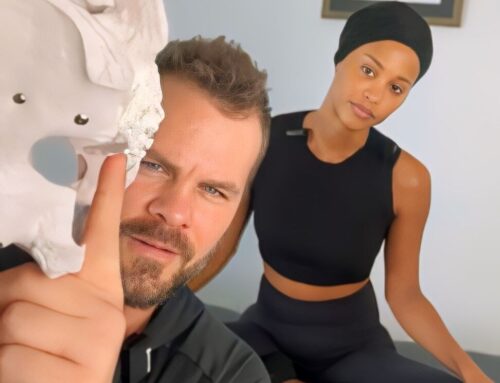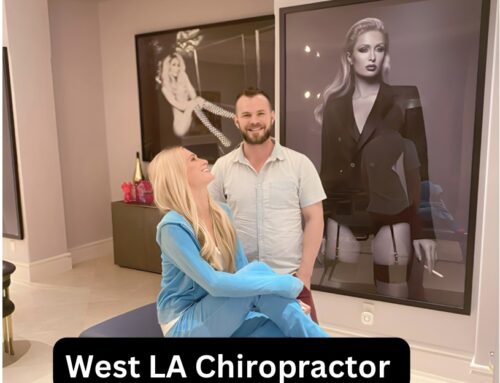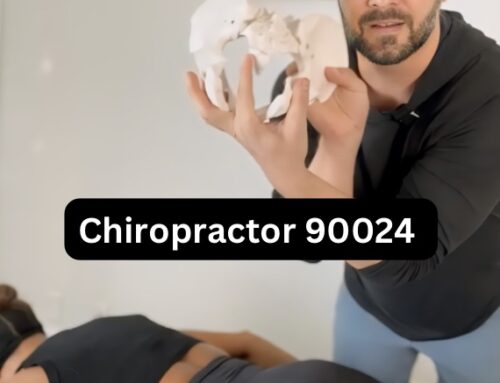Sciatica Treatment Los Angeles
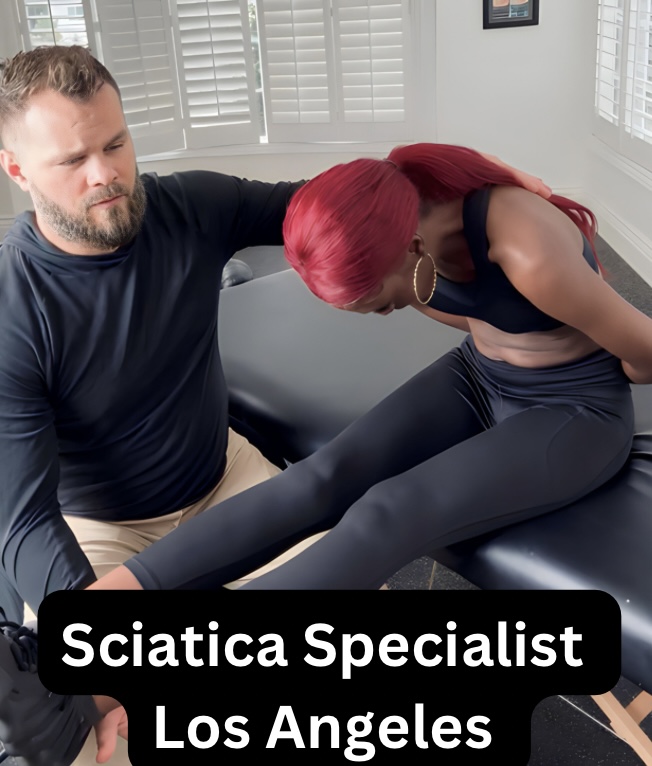
Understanding Spine Pain and Sciatica: A Quick Recap 2024
Many qualified professionals are available if you’re looking for an expert to treat radicular leg pain in Los Angeles. Consider consulting with a chiropractor or physical therapist specializing in treating this condition. They can provide personalized treatment plans to help alleviate pain and improve mobility.
Expert Insights into Sciatica and Finding the Best expert in Los Angeles for Sciatic nerve pain, a condition affecting the sciatic nerve, can cause excruciating pain, numbness, tingling sensations, and weakness in the lower back and legs. Seeking professional help is highly recommended to achieve relief from these symptoms. When it comes to effectively treating Sciatica, finding a a with expertise in diagnosing and treating this condition is crucial. You can expect personalized treatment plans tailored to your specific needs.
How to Choose the Right Professional
After a decade of practice working with patients with Sciatica and studying with leading experts on the condition, a few common misconceptions exist in the diagnosis and treatment strategies that may explain your Sciatica needs improvement. It’s important to schedule an appointment with the authority in Los Angeles, California, with up-to-date information and understanding of the current literature, exercises, manual therapy techniques, and the experience to impact your pain immediately. Suppose there is a proper diagnosis, history, adequate and correct exercise selection, and elimination with a dose of nerve mobilization manipulation. In that case, an immediate impact and pain reduction can be possible today!
Dr. Dean serves the Los Angeles community with his sciatica expertise. Services include in-home treatment options serving Santa Monica, Beverly Hills, West LA, and Bel Air.
There are fewer common reasons for Sciatica, but these are the typical diagnosis.
The most common reason that Sciatica tends to present difficulty for patients and doctors are like is misdiagnosis that leads to months of treatments and minimized results.
Degeneration or spurs in the spine: Spinal degeneration, known as arthritis, can contribute to compression of the sciatic nerve by narrowing the IVF and thus causing radiating pain, burning, tingling, or numbness down the back of the thigh. Spinal degeneration and arthritis are essential considerations, but they are emphasized in traditional models. They are frequently leading doctors to suggest surgical interventions to provide decompression or laminotomy to relieve pressure on the sciatic nerve causing neuralgia.
Piriformis Syndrome: Piriformis is a muscle that travels on top of the sciatic nerve, originates at the front of the sacrum, and travels to the greater trochanter. The thought is that the sciatic nerve can become compressed when this muscle becomes tight, or on rare occasions, it will pierce the muscle on the way to the thigh. These situations are possible but generally diagnosed as a cause of sciatica neuralgia.
Tight Hamstrings
Specialized doctors in lumbosacral radicular syndrome reveal a fascinating insight: taut hamstring muscles, causing the pulling sensation in your thigh and bending forward, might be linked to your Sciatica. However, this connection is only occasionally true after ruptures and rarely the root cause of Sciatica.
Stop forcefully stretching your hamstrings! This common practice may give you a temporary relief from stiffness, but it actually puts your sciatic nerve in danger of further harm. It can worsen the tingling sensations that are often experienced, especially during pregnancy.
Other possible causes
- Stenosis– Narrowing of the spinal canal
- Scoliosis– An S-shaped curvature of the spine
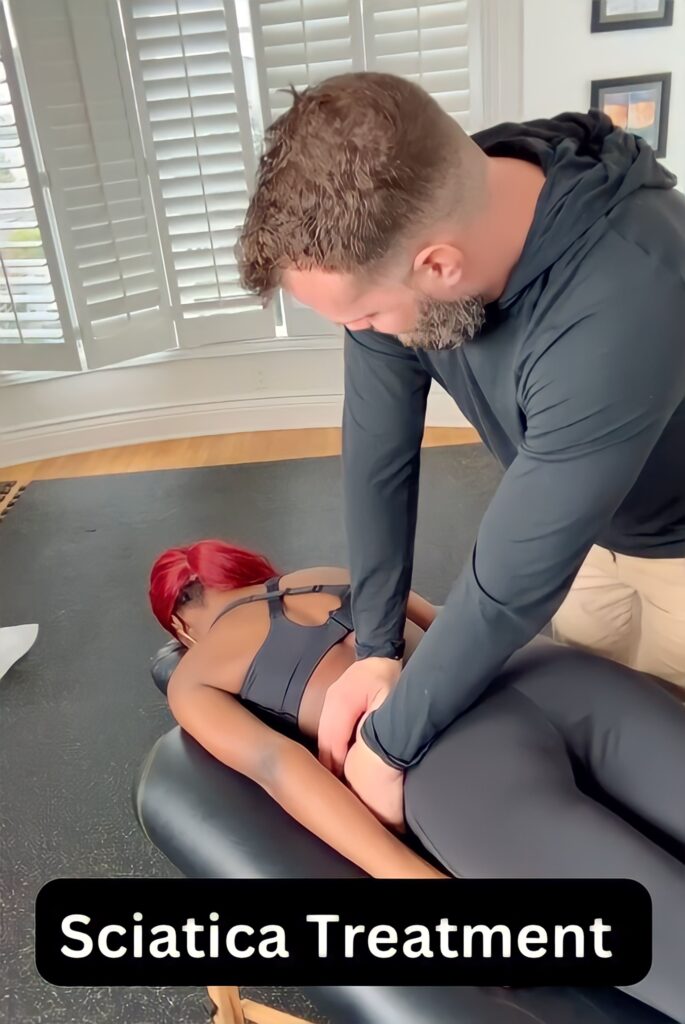
What is the Most Common Cause of Sciatica?
The most common cause of sciatic nerve compression causing neuralgia or Sciatica is, by far, disc herniation, causing pressure on the nerve, and it exits the spin. Arthritis, generation, stenosis, or bone spurs can make neural compression more significant. Still, the most crucial aspect of relieving a nerve root entrapment is to address the disc herniation, especially in those suffering from chronic Sciatica.
To effectively treat and reverse the herniated disc, the treatment programs must consist of proper strengthening exercises for core musculature, movement modification to reduce flare-ups, manual therapy to decompress the spine, and neural mobilization exercises.
Traditional Treatment Options for Sciatica
Although it’s rare at our office when conservative therapy is ineffective, then additional traditional treatment options include surgical interventions such as microdiscectomy or laminectomy by a specialized orthopedic surgeon. Epidural steroid injections, known as Cortizone shots, and ultrasound-guided blocks are additional treatment options.
Imaging of the spine such as X-rays, MRI, and ultrasounds are often the first step in this process.
Reach out to Dr. Dean by texting, calling 323-354-6077, or emailing at drjustindean@gmail.com

Dr. Justin Dean is the only one I trust my whole family with. NCA is outrageously effective.
Sean Rad
Founder of Tinder

Dr. Dean fixed my chronic tension headaches in a visit and had me SLIVING (slaying + living) in no time!
Paris Hilton
Entrepreneur, DJ, Media Personality

Within 15 seconds of working with him I squatted pain free for the first time in 8 years. Dr. Dean gave me my life back.
Sam Moore
Former Elite Volleyball Player

I have trusted Dr. Dean with my elite athletes and my own nagging injuries! I recommend his services to any athlete looking for support.
Bradford Scott
Head Sports Performance Coach, Atlanta Braves


